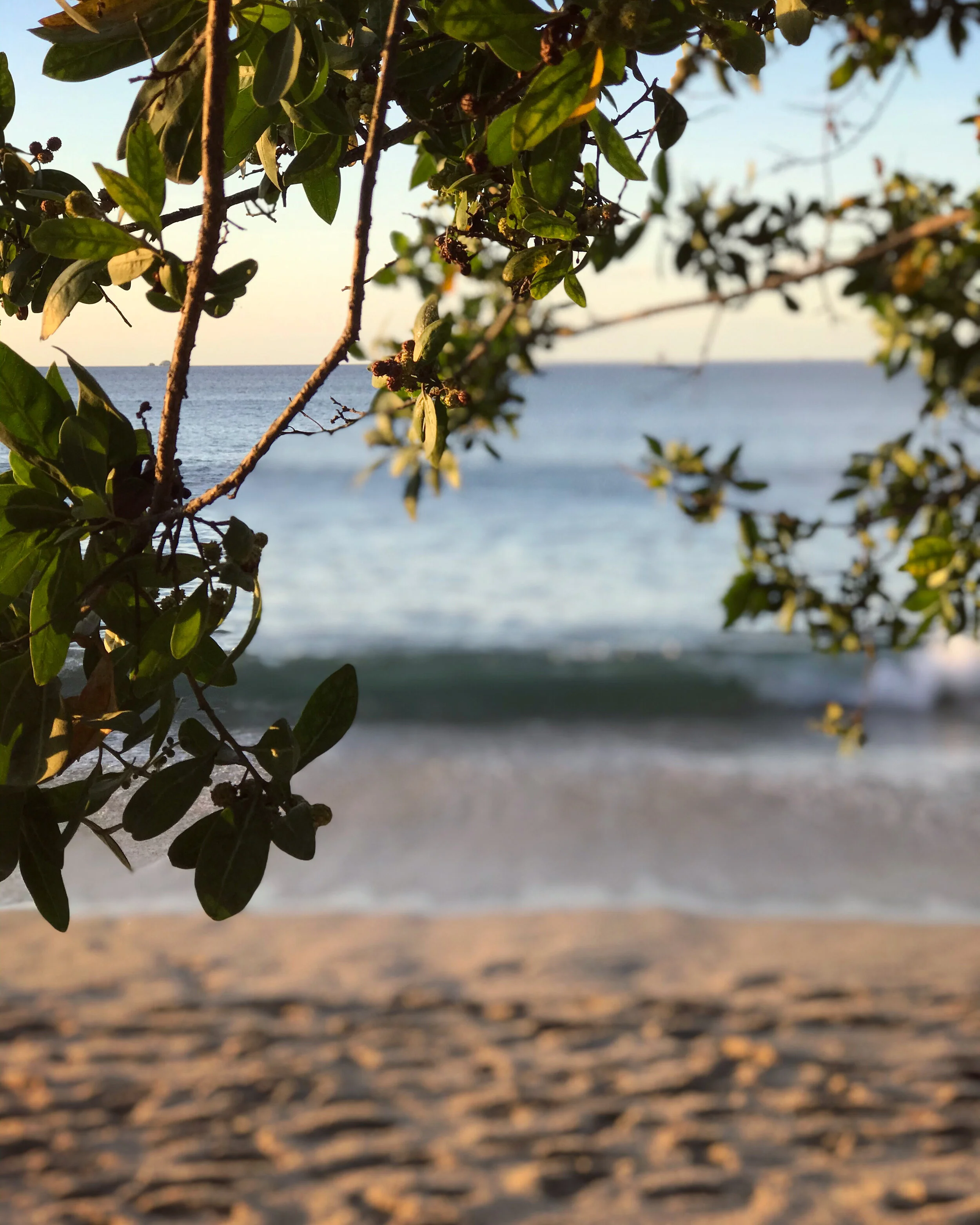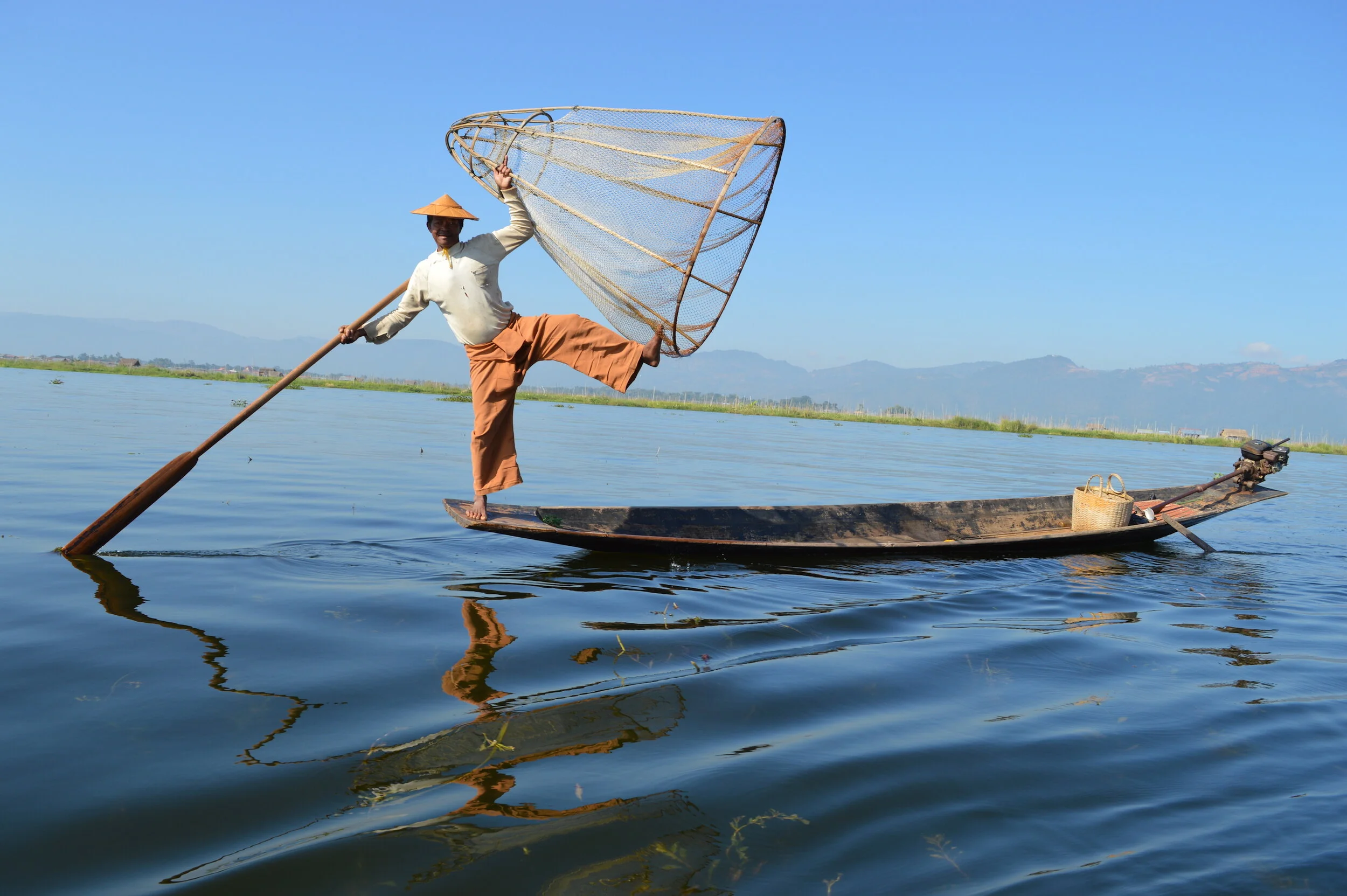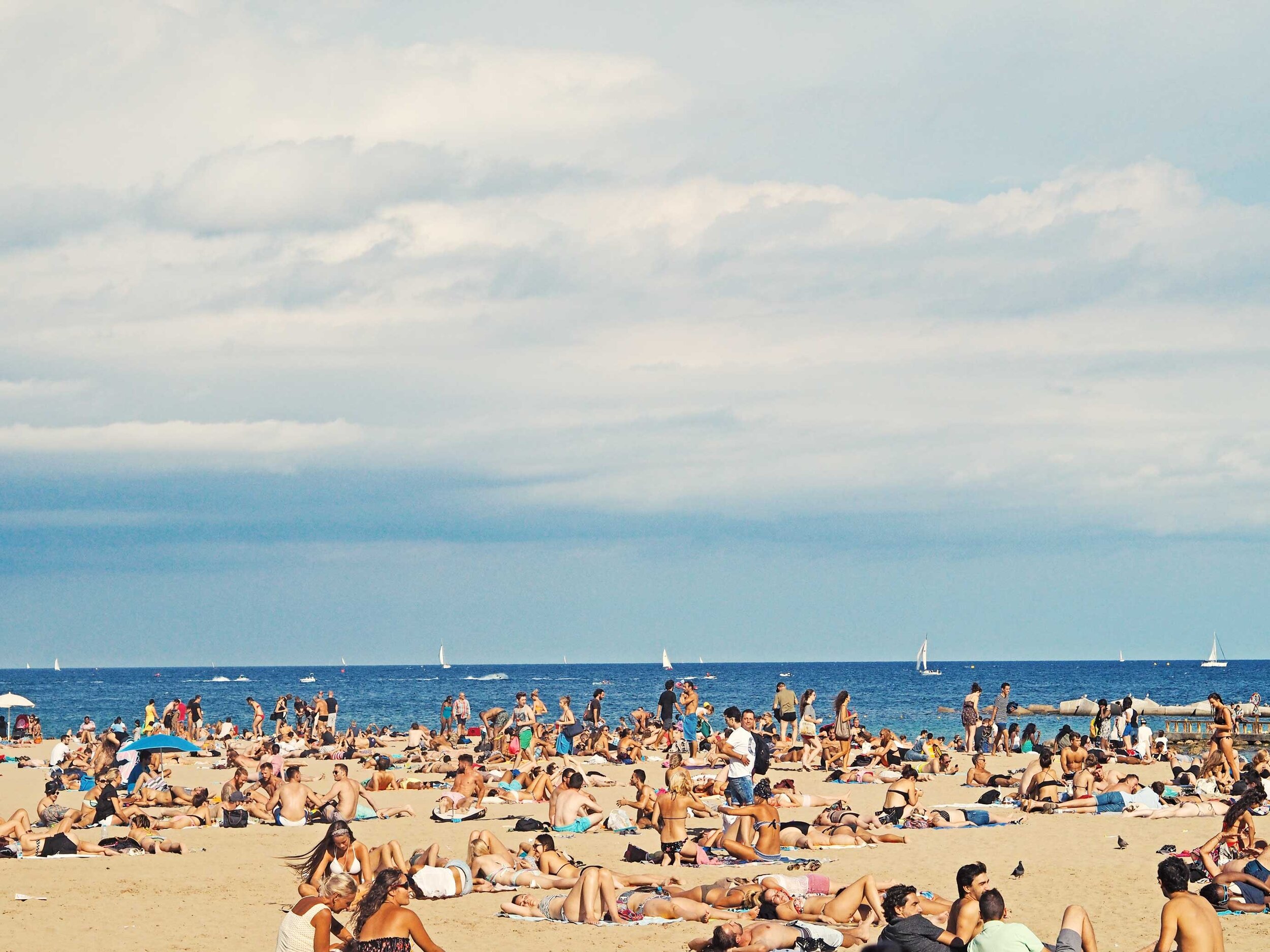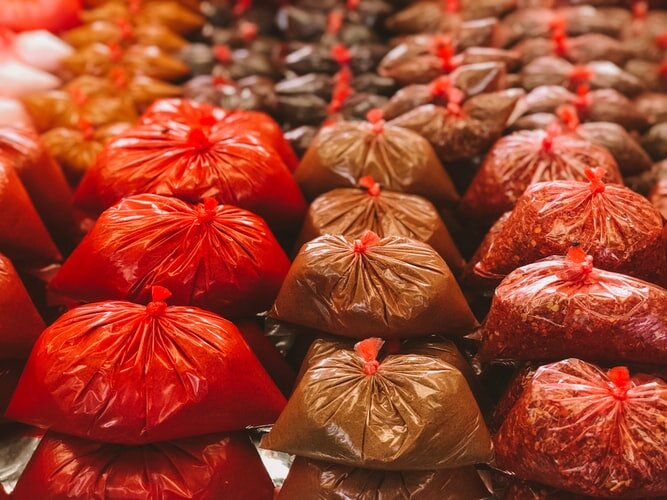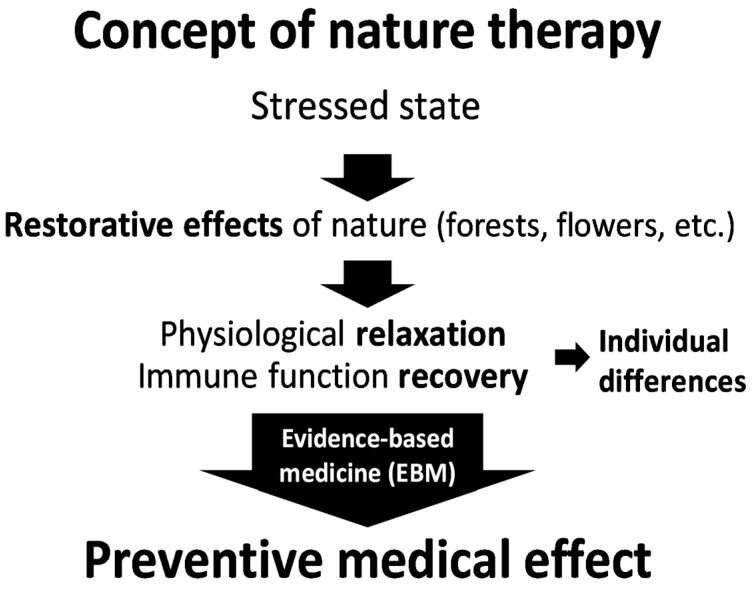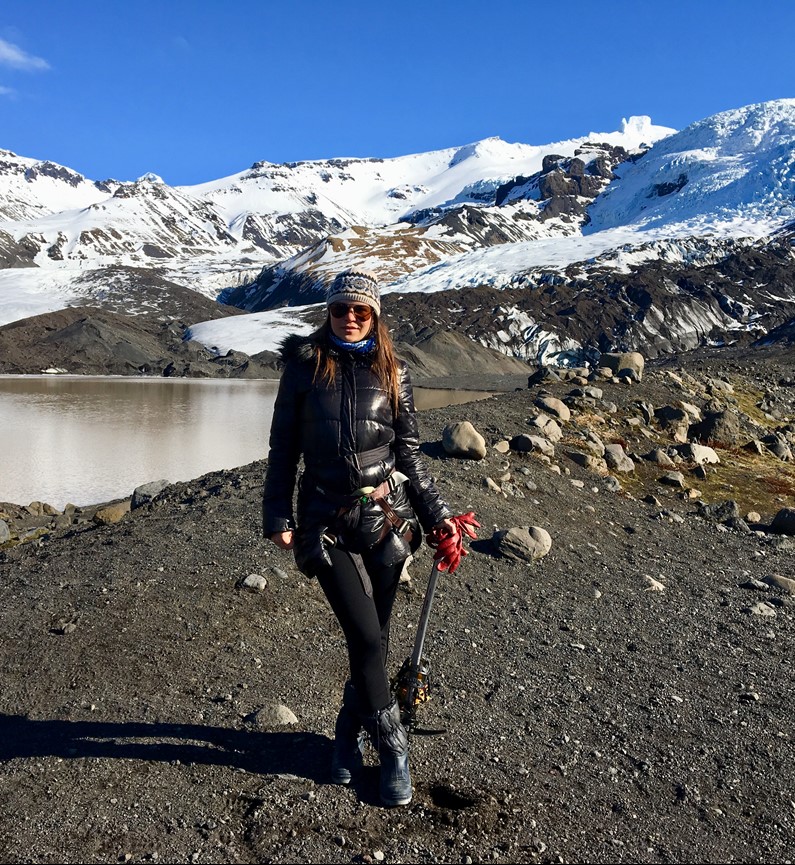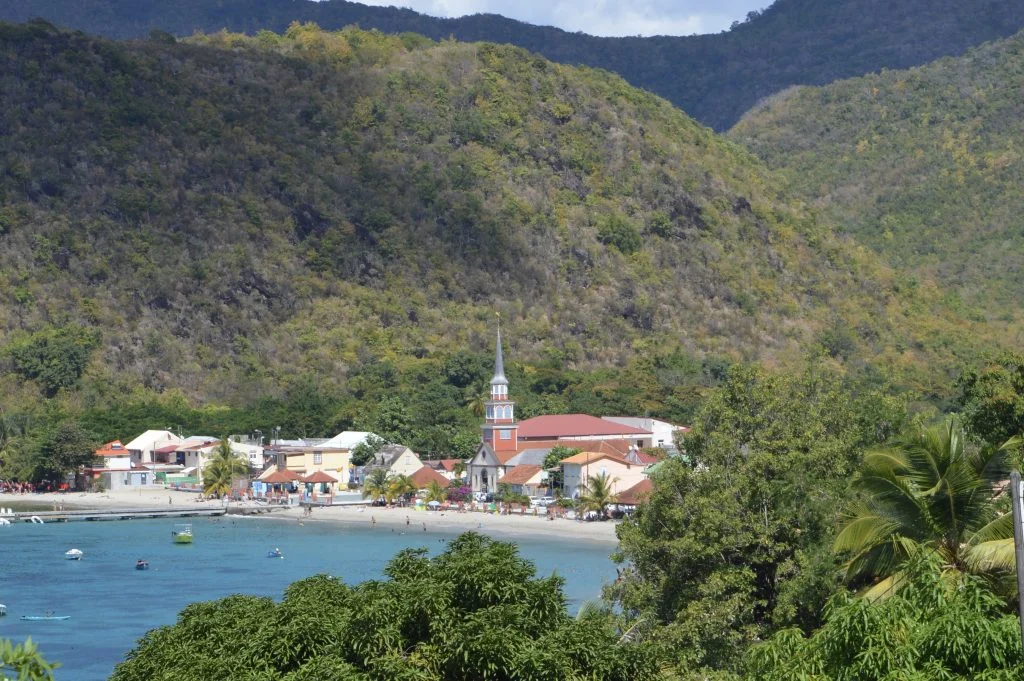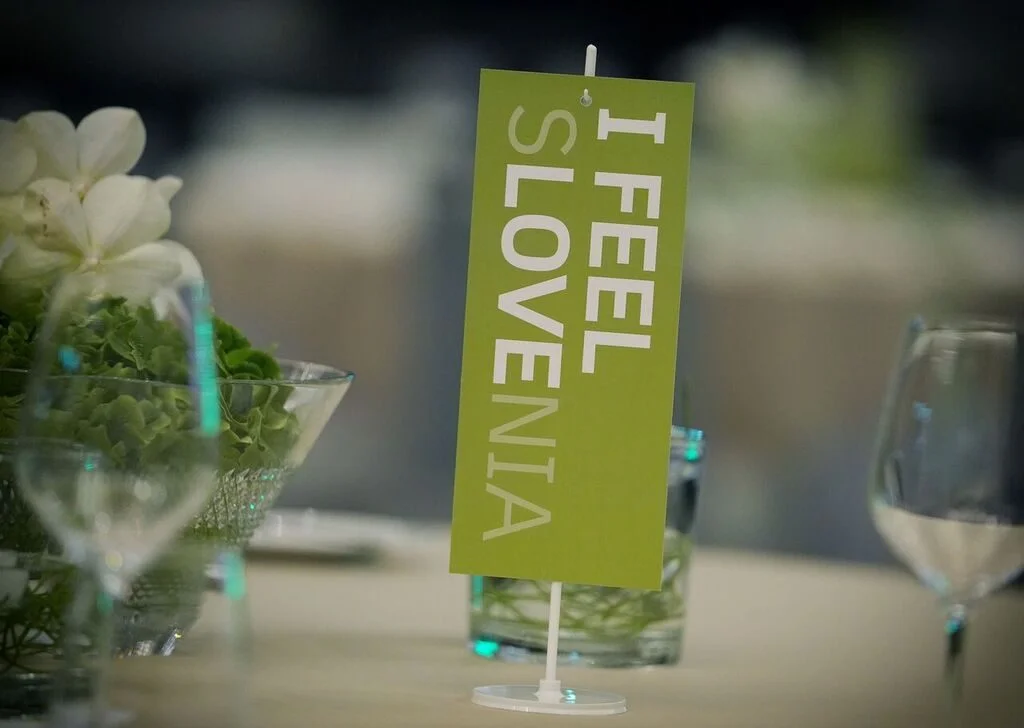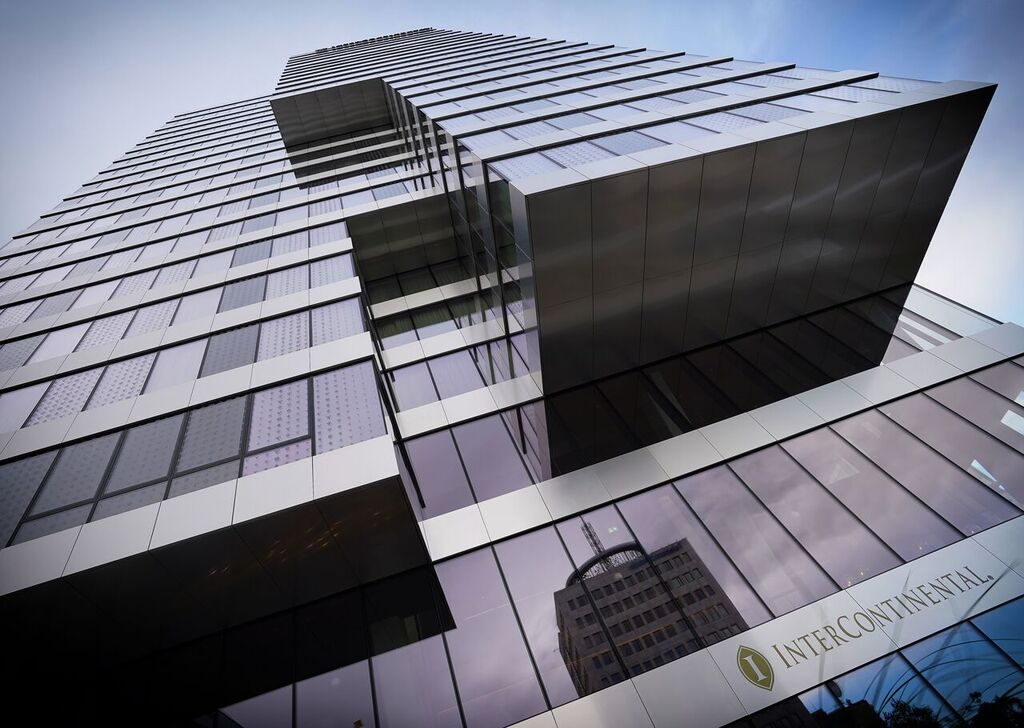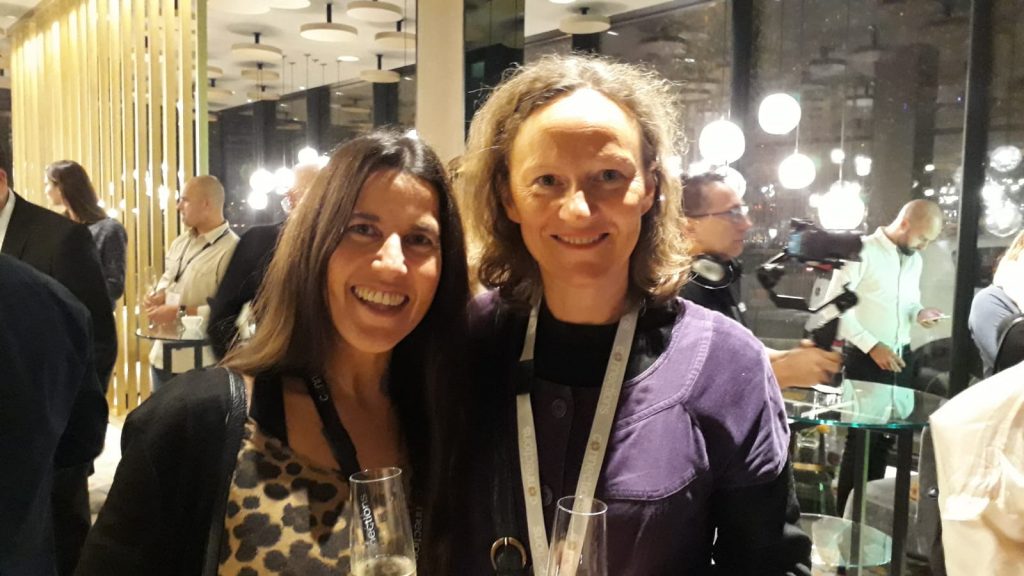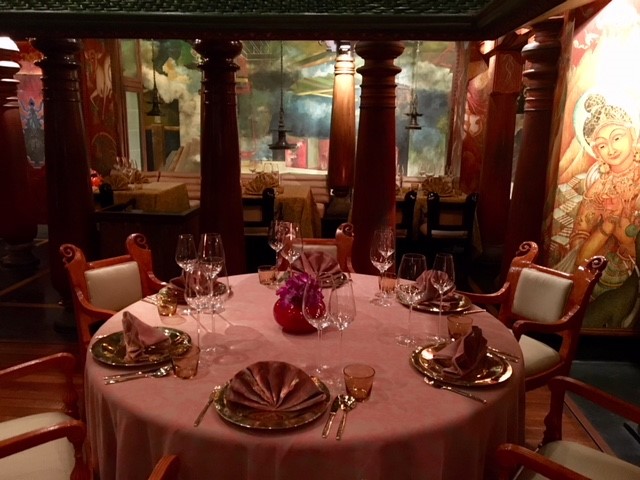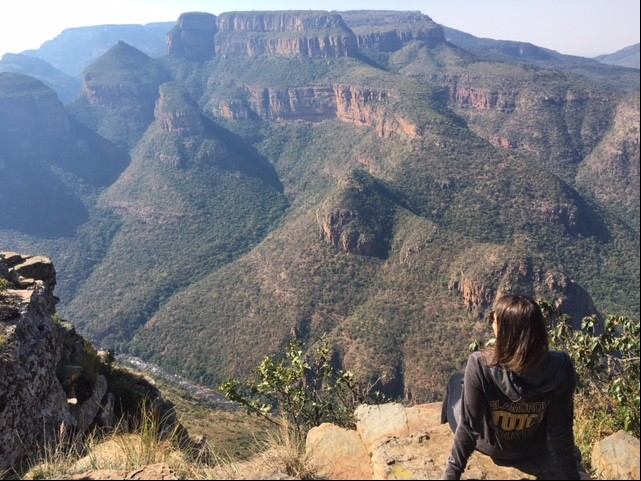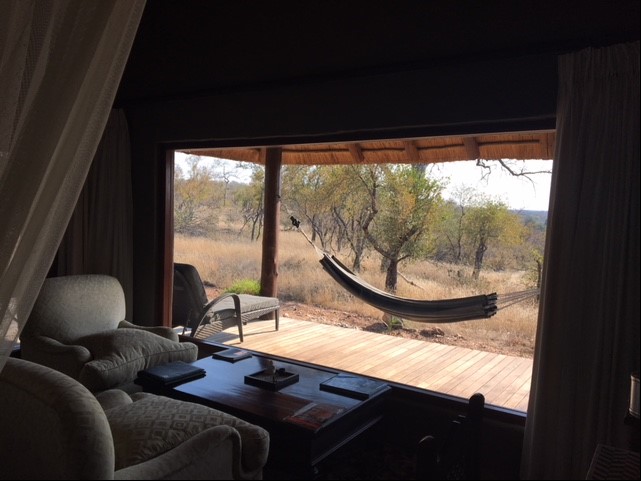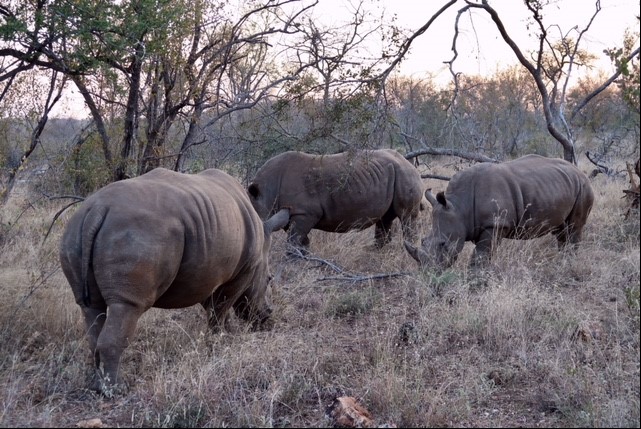The trip begins here. As I sit on a train which is travelling on the only track it can, I realise that my thoughts are freed from the tracks they are usually on a Thursday. Surely travelling away from your own direction of thought is one of the best escapes you can have? Another realisation is that I have everything I need for the next couple of days in my 40x25x20cm bag, or as close as my bag collection allows. Amazing how saving money can push us into accepting such strict criteria. If I were at work, I’d be calling the managers dictatorial and fascist but from a flight operative that’s willing to take me somewhere else for £25 less if I don’t pack a pair of shoes, I’ll take it.
From the airport, the train to Larvik travels through central Oslo. We decide to take this opportunity to break our journey. We start to list our limited knowledge of famous Norwegians; the scream painting by Edvard Munch, we’d enjoyed the light exhibitions at the Tate and National by Olafur Eliasson (no, just checked – he’s Danish/Icelandic), the Manchester United manager, Ole Gunnar Solskjaer...at this point a young man opposite intervened to confirm our limited knowledge. We asked what we should do with a couple of hours in Oslo and when he found out we were from London he became embarrassed and thought we would find Oslo very boring.
We did not. It was very charming. I liked the fact you could hear the hubbub of conversation in the street against a backdrop of tuneful church bells rather than the roar of traffic. The weather was glorious, blue skies and a sprinkling of snow and down at the waterfront the light was intensified by the reflection of the sun. It was good to experience this light as on our return through, Oslo was bathed in grey. Although cold outside, every indoor space we entered was warm (when have you ever been in a warm cathedral?)
Traditional fare for lunch; meatballs, potatoes, mushy peas and lingonberry for me; dumplings, mutton sausage and swede for my husband. As heavy as you’d expect it to be but tasty.
Our first time together in a spa hotel and we found ourselves to be a tad uptight about the etiquette. We shower in our room without the prescription swimsuit on (a merciless brown affair for both sexes) then put it on followed by a brown bathrobe and sliders. We pick up our Turkish towels and step out into the corridor feeling slightly mortified as we walk through the hotel to the spa.
We arrived quite late, 8:30ish with a closing time of 9 pm and fortunately find the outside jacuzzi lit by a flame lamp. We get in and the bubbles lift our bodies to the surface as the steam rises and we raise our eyes to the moon and relax. All too soon a young woman comes to put out the lamp and says the spa is closing. So off we wander keen to get a quick glimpse of the rest of the spa before it closes. My wandering is disturbed as I turn around to see my husband, dimly lit in the frame of a door, addressing the young woman between us in a tone of voice I associate with a naughty toddler being caught out.‘ Ahh, I’m all wet, sorry- err my dressing gown’. He had walked into the mineral cave, a warm but deep pool. The girl, itching to get home no doubt, graciously deals with the last irritating guests and I laugh and laugh, with no feelings of mortification, all the way back to the hotel room.
They sell romantic packages at the spa but I reckon we got the best romantic experience you can have; doing something stupid and then being able to laugh like drains about it.
We head to the bar, laugh some more and order some beer, two ceviches, patatas bravas and a goats cheese salad. All fresh but slightly lacking in flavour.
We spent a very comfortable night in our room, laying our heads on enormous pillows as our bodies melted into mattresses and our minds were lulled to sleep by the soft lapping of the waves.
In the morning we were treated to seeing the hotel in its glorious setting as the sun continued to shine. A view of the sea sparkled behind the reception, from the breakfast room and from a part of the spa that jutted over the sea: this comprised of a Finnish sauna, hot pool and ladders down into the fjord. We enjoyed the brilliant design of this as we heated up in the sauna staring out to sea, nipped outside down the ladder into the icy fjord, dashed back up the ladder, wobbly-legged into the hot pool, then legs tingling, back to the rest of the spa. We enjoyed the gentle experience of the herbal spa after the extremity of the fjord.
The breakfast, in contrast to the bar food, was marvellous. A buffet of fruits and fruit shots, cinnamon soaked oats, delicious whole-grain loaves, charcuterie, cheese, smoked fish and eggs, salads, chilli, waffles- there was nothing you could want for. After a breakfast of endless choice (but why choose when you can eat it all?) we followed the coastal path past the arts centre and restaurants along wooden walkways, there were no barriers here either. You don’t realise things like fences are part of your culture until, as in yesterday evening, you walk off an edge into the water and realise you’ve been protected all your life. Cultural assumptions; it takes to travel to challenge them.
Another day brings us pure joy as the clouds have drawn over Farris Bad and wash the landscape grey. This morning the sea was like glass reflecting the sky and bright sunshine. The gentle rhythmic sound of the waves continues though, calming and reassuring as it was during the night.
We head back to the spa. The variety is impressive, the standard high and the headcount acceptable. We revisited the mineral cave in a more conventional manner and enjoyed its mellow warmth. The central pool had several cascading spouts and underwater jets which alternated in pummelling your shoulders and limbs. I enjoyed a sauna event where 12 of us were led into a steam bath; eucalyptus oil was dashed on coals then wafted around us, we were then given some scrub which we rubbed in our bodies, followed by a cold hose. Invigorating as intended.
We found our spa experience stimulating, relaxing and restful. Likewise our experience of Norway. I’d definitely visit again reassured by the space, reliability of the services and gentleness of the people.
As we walked through the town, shopping centre and arts centre I see that I have spent all my life in public spaces jostling with other people. There is an infrastructure here that isn’t groaning under the pressure of masses of people. I feel comfortable. I am trusted to help myself to another coffee; an art gallery is opened just for us to look around despite the exhibition only opening tomorrow; I drink a beer in a comfortably worn but not grubby armchair, listening to music from a Bose speaker which seems under no threat of being ripped off the wall. I am not hassled but then neither am I challenged. I must say this suits my middle age as I feel I have spent my whole life being challenged by other peoples’ ideas, cultures and needs and it feels comfortable to be surrounded by what I know. However, the ethnic minorities here seem conspicuous by their otherness. I haven’t seen evidence of communities but have seen people working and drinking coffee. It’s as if integration hasn’t happened in this small town yet and I think about the UK’s history of immigration; established communities enriching our culture and the opportunities for talented people to flourish. I think about some of my Kurdish students who have relocated to the UK after a spell in Norway.
Have decided I’d quite like to be a refugee in Norway when Brexit hits the UK hard. The student we spoke to on the train told us overseas students can study for free here...could be a plan...
Our lovely guest writer, Rachael Farquhar, visited Oslo and Larvik last weekend.
If you’d like to organise a trip to Norway, and even check out Farris Bad for yourself, don’t hesitate to get in touch.









